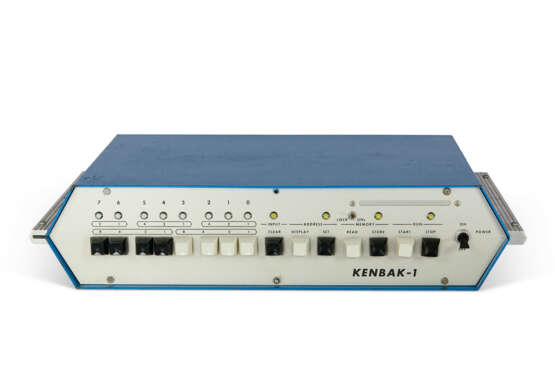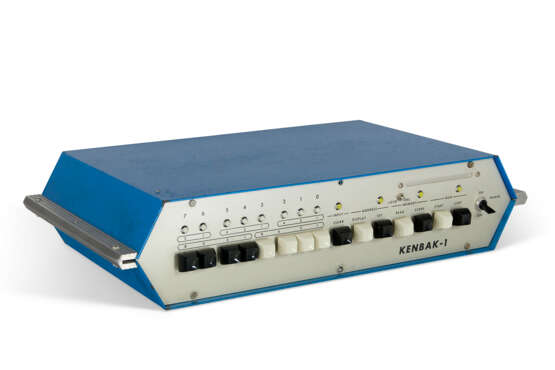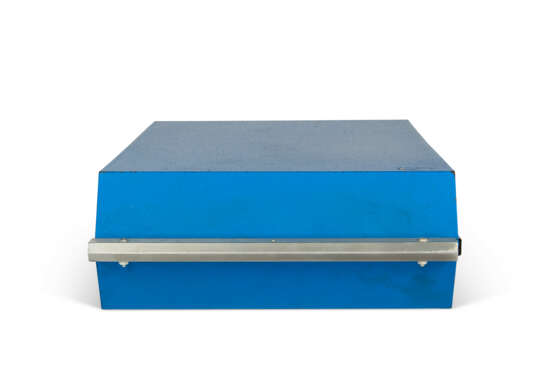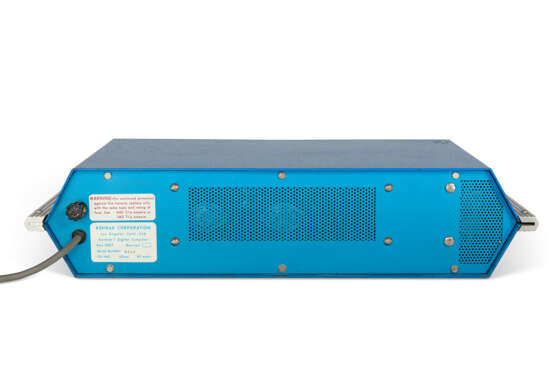ID 1291161
Lot 121 | A KENBAK-1 DIGITAL COMPUTER
Estimate value
$ 20 000 – 30 000
Consisting of Kenbak-1 personal computer and cable
The first commercially available personal computer.
The Kenbak-1, first advertised at $750 in September1971 by John Blankenbaker, is widely regarded as one of the world's first personal computers. It was a simple and affordable machine designed for educational purposes, featuring a 256-byte memory and 1 MHz speed, using toggle switches for programming.
John Blankenbaker's vision for the Kenbak-1 began in the late 1950s while he was working at Hughes Aircraft Company, where he first conceived the idea of a low-cost, programmable computer. It wasn’t until 1970, after becoming unemployed, that Blankenbaker seriously pursued this idea. His goal was to create a computer that was inexpensive, educational, and capable of demonstrating fundamental programming concepts.
The Kenbak-1 was characterized by its minimalist design, featuring switches and lights for input and output, which helped keep costs down. The inventor’s surname was considered too long to be marketable, so a subset of letters was settled upon – Kenbak. Of the 44 initially sold, only 14 are thought to survive.
41/4 in. (10.8 cm) high, 191/4 in. (48.9 cm.) wide, 11 in. (28 cm.) deep
| Place of origin: | USA |
|---|---|
| Auction house category: | Instruments |
| Place of origin: | USA |
|---|---|
| Auction house category: | Instruments |
| Address of auction |
CHRISTIE'S 20 Rockefeller Plaza 10020 New York USA | ||||||||||||||
|---|---|---|---|---|---|---|---|---|---|---|---|---|---|---|---|
| Preview |
| ||||||||||||||
| Phone | +1 212 636 2000 | ||||||||||||||
| Fax | +1 212 636 4930 | ||||||||||||||
| Conditions of purchase | Conditions of purchase | ||||||||||||||
| Shipping |
Postal service Courier service pickup by yourself | ||||||||||||||
| Payment methods |
Wire Transfer | ||||||||||||||
| Business hours | Business hours
|






